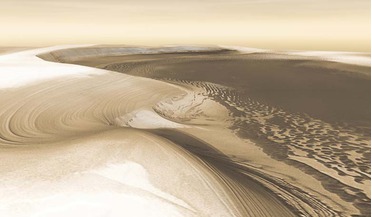 27 May 2016
Scientists reveal Mars is emerging from an ice age
27 May 2016
Scientists reveal Mars is emerging from an ice age
...'s lead author. Smith led the work while at Southwest Research Institute in Boulder, Colorado, but is now at the Planetary Science Institute in Tucson, Arizona. The retreat and regrowth of polar ice on Mars is due to the increased tilt of the...
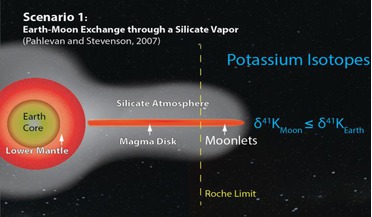 13 September 2016
Scientists prove the Moon was created by a vaporised Earth
13 September 2016
Scientists prove the Moon was created by a vaporised Earth
... compositions. "So people decided to change the giant impact hypothesis," said Kun Wang, assistant professor in Earth and Planetary Sciences at Washington University in St. Louis, and one of the two scientists to have led the research on this new...
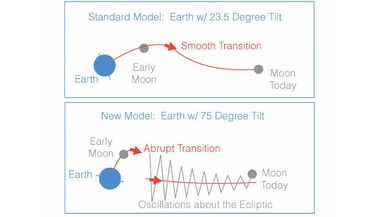 01 November 2016
New twist on Moon formation helps explain its weird orbit
01 November 2016
New twist on Moon formation helps explain its weird orbit
.... "Every other body in the solar system has different chemistry," said Sarah Stewart, professor of earth and planetary sciences at the University of California, Davis and senior author on a paper recently submitted to Nature on this new research...
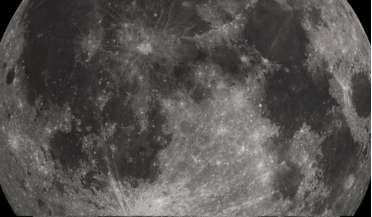 28 January 2019
Oldest Earth rocks found on the Moon
28 January 2019
Oldest Earth rocks found on the Moon
... to the oldest rocks on Earth,” said research author Professor Alexander Nemchin, from Curtin's School of Earth and Planetary Sciences, Perth. "In addition, the chemistry of the zircon in this sample is very different from that of every other zircon...
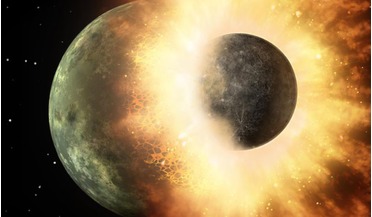 22 May 2019
Water came to Earth when the Moon formed says study
22 May 2019
Water came to Earth when the Moon formed says study
.... Highly resistant to corrosion, this ductile metal is now helping scientists work out two key conundrums in planetary science - Earths water content and the formation the Moon. “The molybdenum isotopes allow us to clearly distinguish carbonaceous...
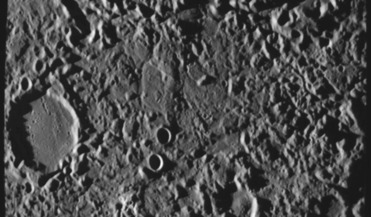 27 March 2020
Mercury's crust could have had episodic habitable conditions, new study says
27 March 2020
Mercury's crust could have had episodic habitable conditions, new study says
... this imagery coupled with laser altimeter topography, a team of scientists headed by J. Alexis p. Rodriguez at the Planetary Science Institute in Tucson, Arizona, the researchers have examined Mercury’s geological features to posit that the planet...